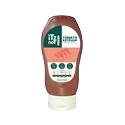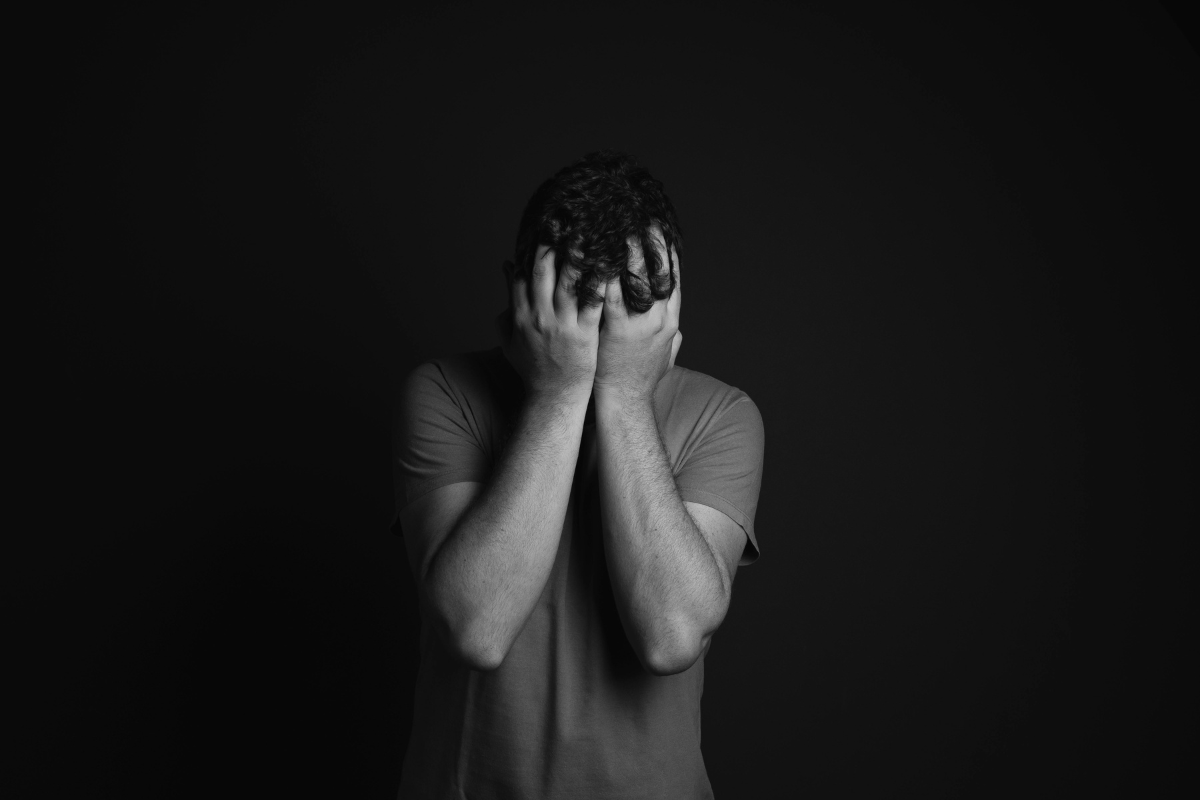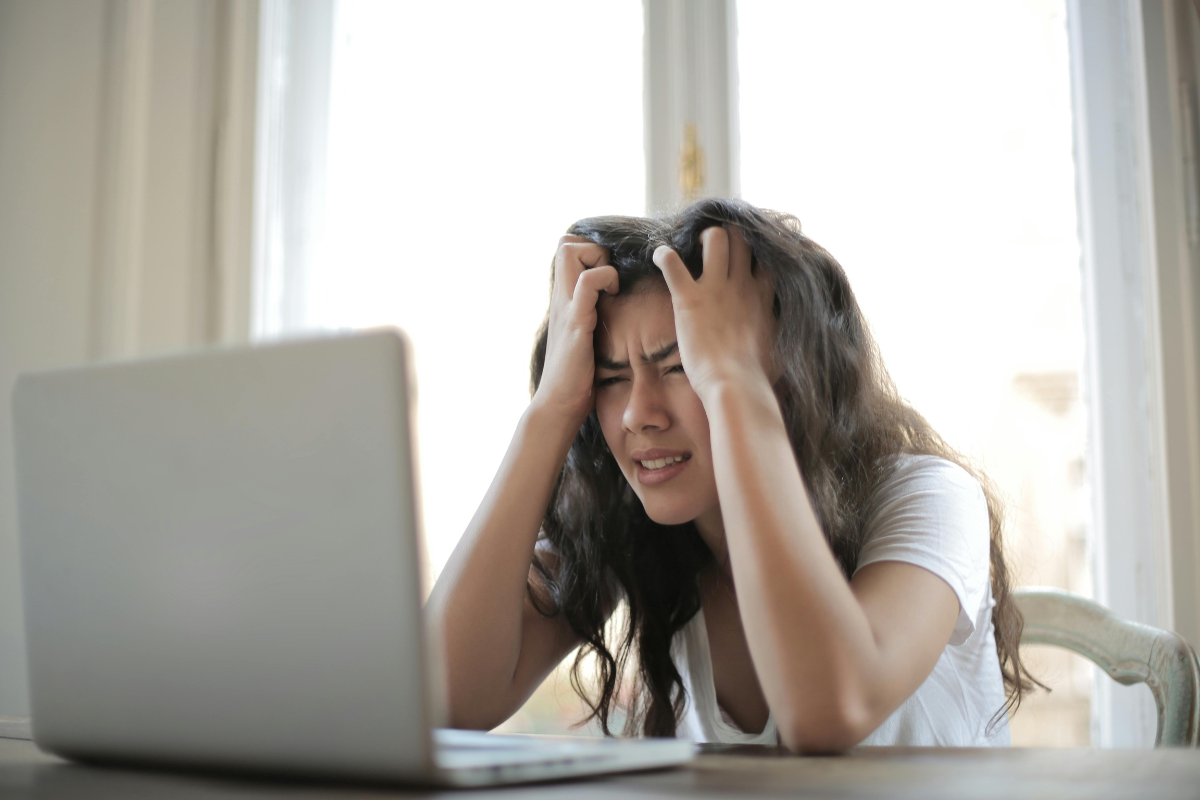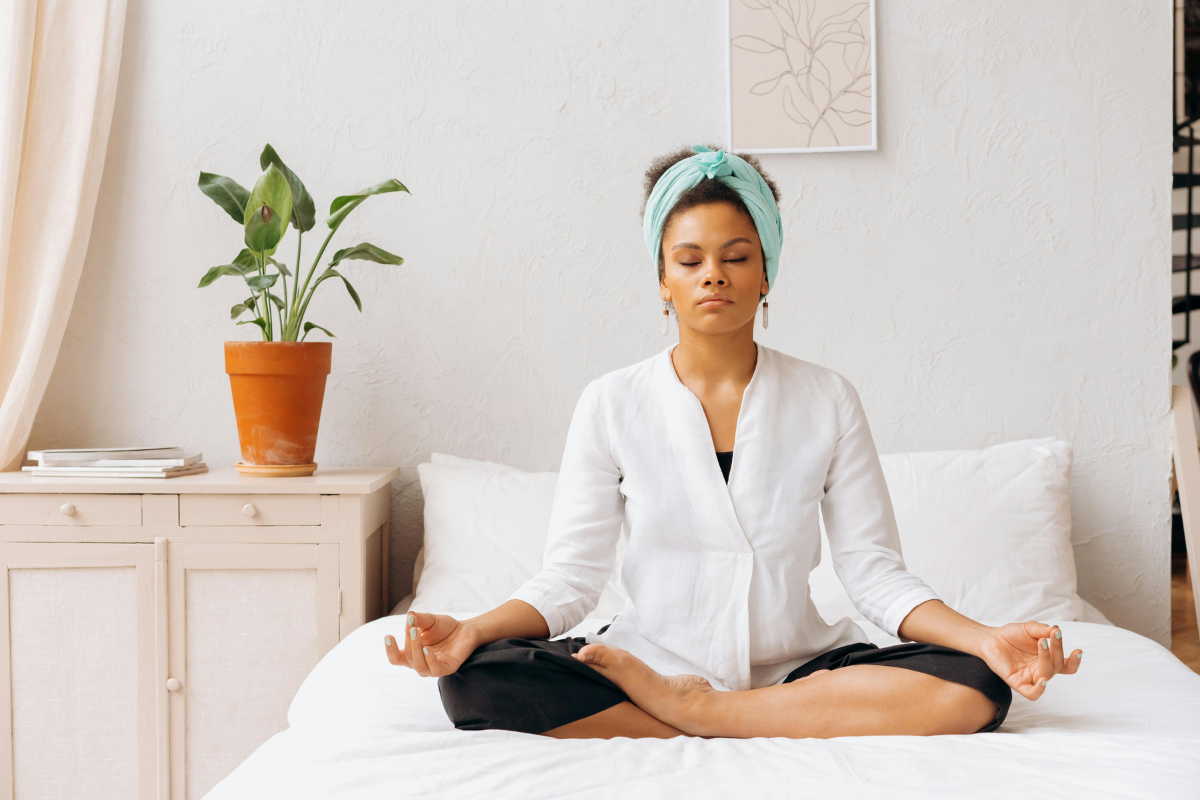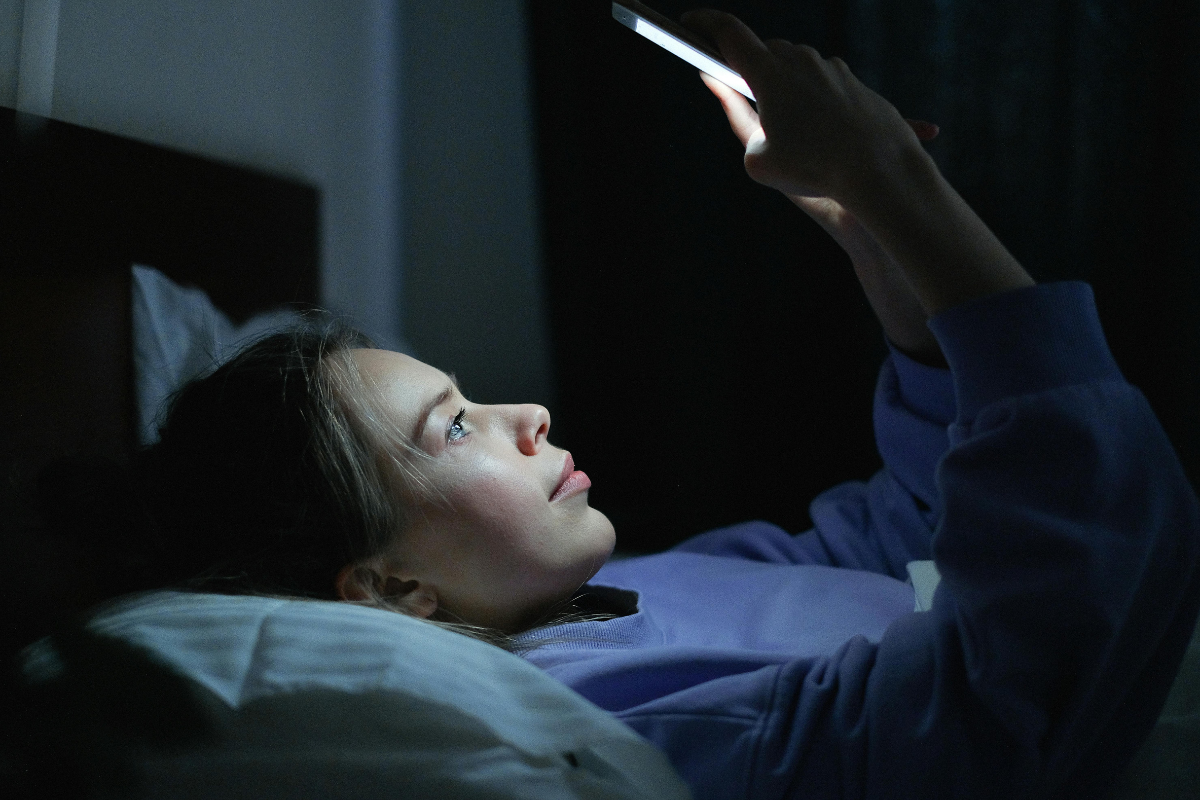
The Digital Detox for Better Zzzs: How Blue Light Sabotages Your Sleep & What to Do About It.

The Digital Detox for Better Zzzs: How Blue Light Sabotages Your Sleep & What to Do About It.
If you’ve ever scrolled through social media or binged a television show late into the night and then spent hours staring at the ceiling, you are familiar with this one-two factor. It plagues many of us in the digital age, and the offender may be right in front of your face: blue light.
Our computer screens and smartphones have made our lives easier in countless ways — they help us learn more, do business from afar, keep in touch with far-flung friends, and make new ones. However, this is more than just a small inconvenience; your sleep is silently sabotaged.
The (Light) Arms of BLUE COMMON DENOMINATORS The Science of Sleep Sabotage: How Blue Light Works
To understand the issue, you need to know about your internal clock, or circadian rhythm. It is associated with a 24-hour period mainly set by light and dark. As the sun sets and it gets dark, your brain’s pineal gland is turned on to make the hormone melatonin, which tells your body it’s time to slow down and go to sleep.
Blue light, a short-wavelength light plentiful in daylight, is mighty at conveying a “wake up” signal to your brain. It’s why even the morning sunshine lets you wake up a little. But your brain gets confused when you subject yourself to this type of light from a smartphone, tablet, or laptop late at night. The blue light is regarded as a daytime signal and suppresses melatonin production.
The result? Your sleep becomes less fitful, and it takes you longer to fall asleep. Even if you do finally manage to fall asleep, the quality of your sleep is compromised, and you wake up tired.
The Digital Detox: Sprained Your Brain on a Screen?
It’s not to ditch technology altogether but rather to be intentional about your involvement with it, at least in the hours before you go to bed. This is where a digital detox enters.
What to Do About It:
Instil a Digital Curfew: This should be the most crucial step. Establish an ironclad rule to turn off all screens (phones, tablets, TVs, and computers) at least 60 to 90 minutes before bed. This allows your brain to get the “darkness” signal it needs to start preparing for natural sleep.
Make One Replacement: Swap out your late-night scrolling for a relaxing screen-free activity. Read a book (like, with pages), listen to a podcast, do some gentle stretching, or journal. This helps your body and brain to transition from an aroused state to a restful one.
Make Use of In-Built Filters: Most modern devices have a built-in “Night Shift” or “Blue Light Filter mode that changes the color temperature of your screen to warmer hues (an amber or reddish tint) as dusk approaches. It’s not a perfect solution (and won’t do anything about the stimulatory content you’re consuming), but it might at least reduce the volume of some of this melatonin suppression.
Try Blue Light Blocking Glasses: If you must use a screen for work in the evening (or if it’s homework time), try putting on a pair of amber-tinted blue light blocking glasses. Research shows they can effectively block the wavelengths of light that suppress melatonin.
Our days may be longer, but it has come at the price of our nights. By establishing a mindful barrier between the digital world and your sleeping space, you’re not only prioritizing your sleep hygiene — you’re returning to your body’s natural rhythm, one peaceful night at a time.
.





